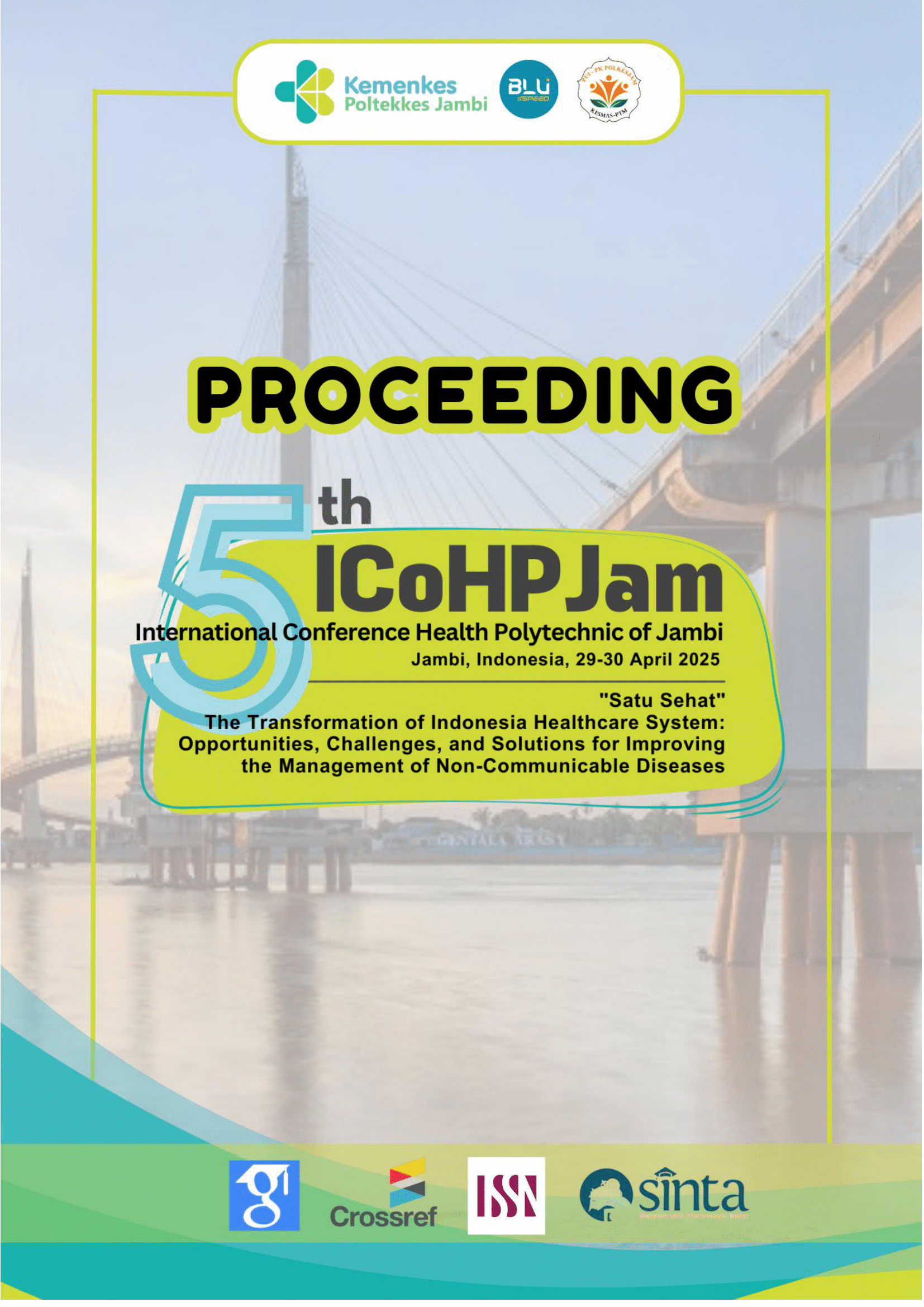Yellow Sweet Potato (YSP) Enhances Insulin Sensitivity and Reduces Type 2 Diabetes Risk in Obese Rats
Abstract
Background: YSP (Ipomoea batatas) shows potential as a rice substitute due to its lower glycemic index, higher fiber content, and reduced caloric density. This study aimed to evaluate the effects of a YSP-based diet on biomarkers of insulin resistance in obese rats.
Method: A randomized controlled trial was conducted using 28 rats, all rendered obese through a high-fat diet for 3 weeks, resulting in a Lee index greater than 310 g. The rats were then divided into four dietary groups and treated for an additional 3 weeks. The control group (K−) received standard AIN-93M feed. The positive control group (K+) received a modified standard feed in which 100% of the corn starch was replaced with rice. Group K1 was given 100% steamed YSP, while group K2 received 100% twice-steamed YSP. Blood samples were analyzed using SPSS software version 25.0. The K2 group demonstrated the most significant improvements across all measured parameters.
Results: Total antioxidant levels increased by 5.11 U/mL, while HOMA-IR and glycated albumin decreased by 5.67 and 3.83 pmol/mL, respectively. Post-prandial glucose levels also dropped significantly by 184 mg/dL. Furthermore, the K2 group exhibited the highest concentrations of GLUT4 (25.12 ng/mL), acetic acid (150.31 mmol/L), propionic acid (53.20 mmol/L), and butyric acid (27.18 mmol/L). Levels of PPAR-α and PPAR-γ were also highest in the K2 group at 1.94 ng/mL and 0.78 ng/mL, respectively. In contrast, glucose-6-phosphatase (G6P) reached its highest level in the K− group at 9.91 mIU/mL.
Conclusion: A twice-steamed YSP diet significantly improved insulin sensitivity in obese rats. These findings suggest that YSP may serve as a functional food promoting metabolic health.



